The Nanowire Week is one of the biggest conferences on nanowires merging two well-established and highly successful annual workshops: NANOWIRES and the Nanowire Growth Workshop. The 2019 edition has been held in Pisa from September 23 to 27 organized by NEST, Scuola Normale Superiore and CNR Istituto Nanoscienze.
Our researcher Elia Strambini presented some unpublished results of our group in a a talk titled “Magnetically-driven anomalous phase shift in InAs nanowire Josephson Junctions” about the revealing of an anomalous phase shift in a Al/InAs(NW)/Al Josephson junction.
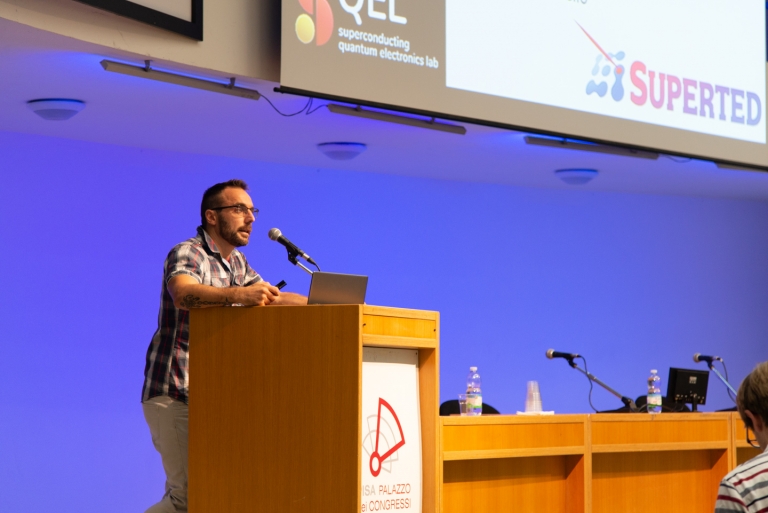 Elia Strambini during his talk at Nanowire Week 2019
Elia Strambini during his talk at Nanowire Week 2019 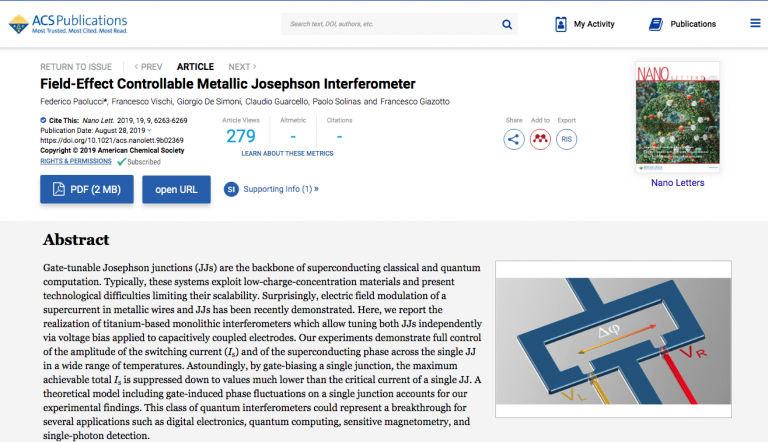 “Field-Effect Controllable Metallic Josephson Interferometer” published on Nano Letters
“Field-Effect Controllable Metallic Josephson Interferometer” published on Nano Letters 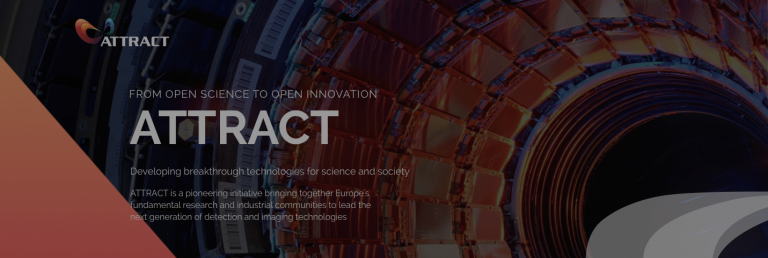 ATTRACT is a pioneering initiative bringing together Europe’s research & industrial communities to lead the next generation of detection & imaging technologies.
ATTRACT is a pioneering initiative bringing together Europe’s research & industrial communities to lead the next generation of detection & imaging technologies. 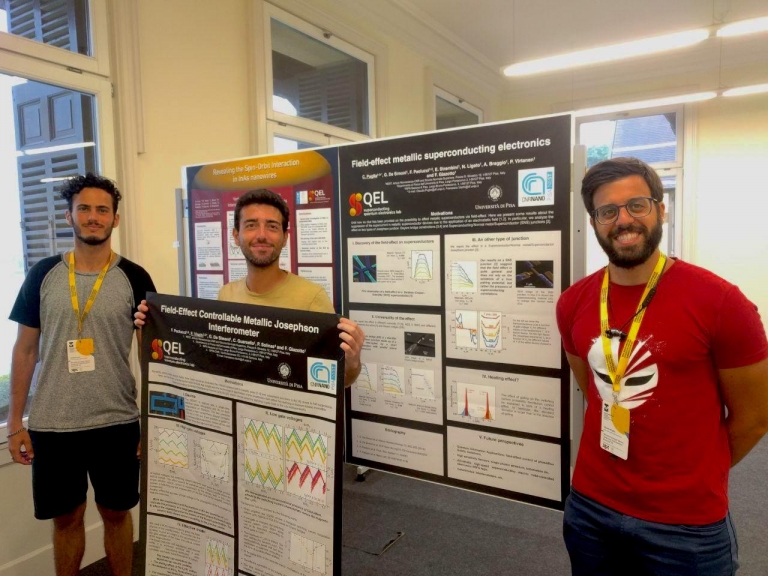 SQEL students at NanoQI’19
SQEL students at NanoQI’19 
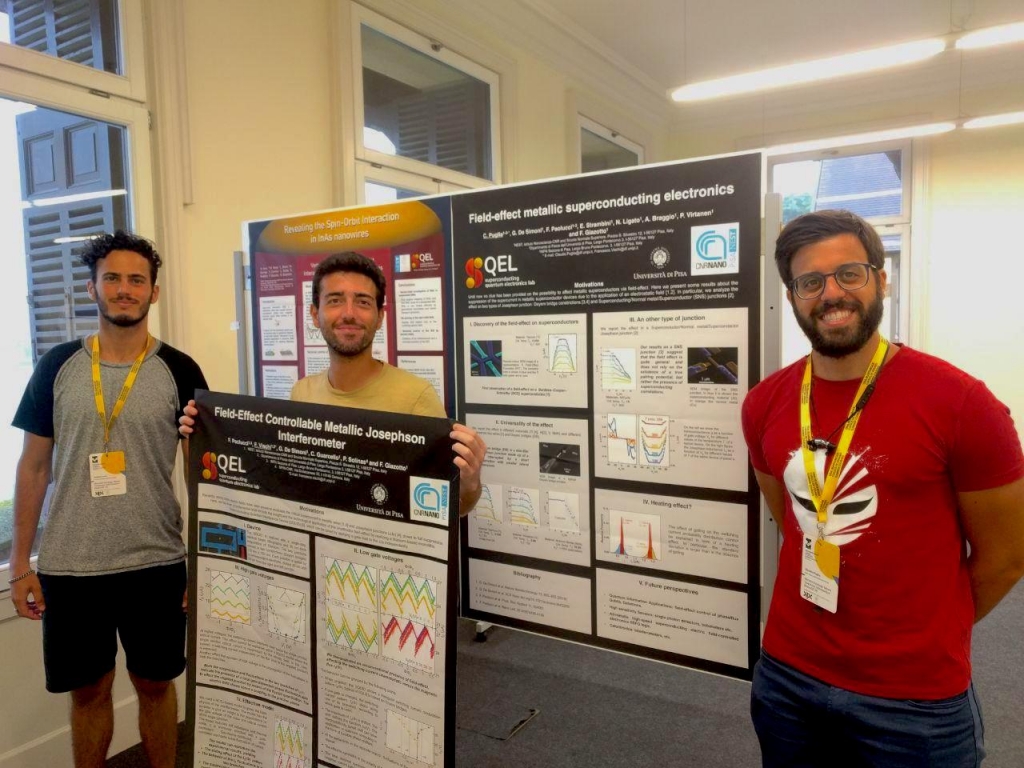
 “Josephson Field-Effect Transistors Based on All-Metallic Al/Cu/Al Proximity Nanojunctions” published on ACS Nano
“Josephson Field-Effect Transistors Based on All-Metallic Al/Cu/Al Proximity Nanojunctions” published on ACS Nano